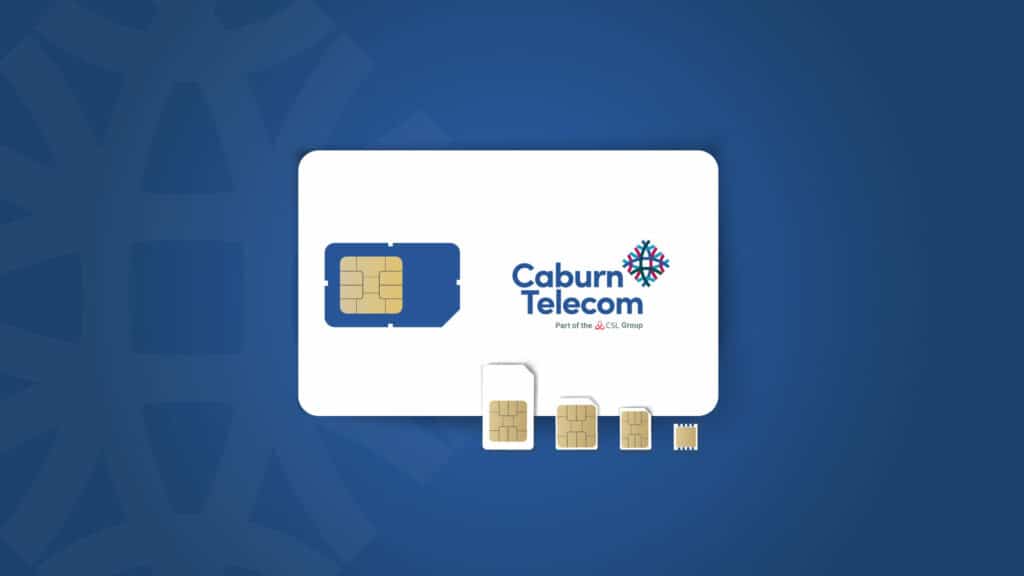Understanding IoT SIMs
IoT SIMs, also known as Internet of Things SIM cards, play a crucial role in allowing devices to connect and communicate over cellular networks. These SIM cards are specifically designed for the unique needs of IoT devices, providing reliable and secure connectivity for a wide range of applications.
With the rapid growth of IoT technology, the demand for IoT SIMs is growing, making them an essential component for the future of IoT communication. With the right IoT SIM, devices can seamlessly transmit data, track assets, and enable remote monitoring, paving the way for a more connected and efficient world.
IoT SIMs: A Definition
What are the security protocols used by IoT SIMs?
Security protocols play a crucial role in ensuring the protection of data and devices. IoT SIMs typically utilise various security measures such as encryption, authentication, and secure connections to safeguard against potential cyber threats. Encryption helps to scramble data to make it indecipherable to unauthorized users, while authentication verifies the identity of devices connecting to the network.
Additionally, secure connections establish a protected communication channel between devices and servers, preventing the interception of sensitive information. By implementing these security protocols, IoT SIMs can mitigate the risks associated with cyber attacks and protect the integrity of IoT ecosystems.
What communications occur between an IoT SIM and a modem?
When it comes to the communication between an IoT SIM and a modem, there are several key processes that take place. The IoT SIM, or Subscriber Identity Module, essentially provides the necessary identification and authentication for the device to connect to the cellular network. This allows the modem to establish a secure and stable connection for data transmission.
The modem, on the other hand, acts as the gateway for the IoT device to send and receive data over the network. Through this communication, the IoT device can access the internet, send sensor data, and receive commands from a remote server. It is essential for the IoT SIM and modem to maintain a continuous and reliable connection to ensure seamless operation of the device.
What are the main types of IoT SIMs and how do they vary based upon the types of radio frequencies and mobile network standards they can connect to?
When it comes to connecting IoT devices, choosing the right SIM card is crucial. There are broadly three main types of IoT SIMs in terms of connectivity plan configurations: global, regional, and local. Global IoT SIM card(s) provide worldwide global connectivity coverage and can connect to multiple radio standards, making them ideal for devices that need to operate in various locations. It is important to remember, however that the modem used must be compatible and approved for that countries radio and regulatory standards. Regional SIMs are restricted to specific geographical areas and may only connect to certain frequencies and standards prevalent in that region. Local SIM cards, on the other hand, are limited to a single country or network, offering the most cost-effective solution for devices with fixed locations. Ultimately, the type of IoT SIM to choose will depend on the specific needs of the device and where it will be deployed.
Can an IoT SIM connect to all mobile technologies such as 2G, 3G, 4G, 5G, LTE-M, and NB-IoT?
With the rapid advancements in mobile technology, the Internet of Things (IoT) has become increasingly reliant on a diverse range of connectivity options. From 2G to 5G, LTE-M, and NB-IoT, each technology offers unique benefits and challenges for IoT applications. While an IoT SIM can potentially connect to all these different technologies, compatibility and coverage may vary depending on the specific requirements of the IoT device and IoT roaming agreements. It is essential for end users and service providers to carefully consider their connectivity needs and choose the right technology mix to ensure reliable and seamless connectivity for their devices.
Benefits of Using IoT SIMs
Enhanced Connectivity of IoT SIMs: Widespread cellular IoT coverage, access to multiple networks, and global network & global coverage for IoT deployments
With the enhanced connectivity of IoT SIMs, businesses can now enjoy widespread cellular IoT coverage, access to multiple networks, and global coverage for their IoT deployments. This means that IoT devices can now operate efficiently in various locations, ensuring a smooth and uninterrupted flow of data.
The ability to connect to different networks also provides added flexibility and reliability for IoT applications, making it easier for businesses to scale their operations globally. With such advancements in IoT connectivity, businesses can now truly harness the power of IoT technology to drive innovation and enhance their overall operational efficiency.
Security Measures for IoT SIMs, ensuring data privacy, secure data transmission and protecting Your IoT devices from cyber threats
When it comes to safeguarding your IoT devices from cyber threats, implementing stringent security measures for your IoT SIMs is crucial. Ensuring data privacy and secure data transmission are key components of protecting your devices from potential breaches.
By utilising encryption technology, regularly updating security protocols, and monitoring network activity, you can strengthen the security of your IoT devices and keep your data safe from malicious attacks. Taking proactive steps to enhance the security of your IoT SIMs will help you stay one step ahead of cyber threats and protect valuable information.
Features and Services Offered by IoT SIM Providers
IoT SIM providers such as Caburn Telecom offer a range of features and services to make the process seamless. From global coverage to flexible data plans, these providers ensure that your IoT devices stay connected wherever they are.
With options for remote management and real-time data tracking, you can have peace of mind knowing that your devices are secure and operating efficiently. Whether you are looking for cost-effective solutions or advanced connectivity options, IoT SIM providers have you covered.
IoT SIM Data Plans
IoT SIM Card Costs and Overview of IoT Data Plans
Navigating the world of IoT SIM card solutions and data plans can be overwhelming, with a wide range of options available to suit various needs and budgets. Whether you require a small amount of data for occasional use or a high-volume plan for constant connectivity, there are options to cater to all requirements.
From pay-as-you-go plans, monthly, fixed 12 month or longer terms (such as pay per month for 24 months subscriptions), finding the right IoT SIM data plan that offers competitive rates and reliable connectivity is essential.
Many IoT cards are supplied without initial cost, but come in different IoT sim models and forms. For example, unsteered SIMs which connect to any network, steered IoT SIMs will always first connect to a preferential network, IoT eSIM card, eUICC IoT SIM cards, etc.
They can also be configured with an IoT APN or a private APN and VPN. As a simple rule, the more non standard and expensive the SIM card technology, the more likely there to be some additional upfront configuration charges.
IoT SIM Management
Remote Management of IoT SIMs
IoT projects generally need IoT mobile connectivity for some or most devices. They will need access to a SIM provisioning platform to set up the communications plans and grouping structures. This will also include which roaming carrier(s) are used for global IoT connectivity. Also, the the local mobile network operator IoT connectivity can be validated on or pass through for in-situ wireless connectivity.
For commercial IoT applications, IoT roaming agreements are therfore critical. IoT SIM card business applications and industrial IoT solutions need the surety of continuous connection, otherwise they risk unexpected costs.
It is also important to know which IoT SIM support narrowband and on which networks as they are not always covered by standard IoT roaming agreements. While a decision for a single IoT SIM may seem more simple, this decision may build in problems that are costly at scale.
A single SIM or single carrier SIM card may not provide the geographical coverage or reliability that an IoT network of IoT devices requires. IP sim card (s) also require extra network security and monitoring features to ensure data security and ongoing surety of performance.
IoT SIM Troubleshooting (IoT SIM cards FAQ)
Common IoT SIM issues and troubleshooting tips for IoT SIM problems
Common issues such as network coverage problems, SIM card registration errors, and data connectivity issues can be frustrating for IoT device users. However, there are some quick troubleshooting tips you can try to resolve these problems. Firstly, check your device’s APN settings to ensure they are correct. Secondly, try restarting your device or removing and reinserting the SIM card. If the problem persists, contact your IoT network provider for further assistance. Remember, staying informed and proactive is key to resolving IoT SIM problems efficiently.
Why use Caburn Telecom for your IoT SIMs and IoT SIM Card Connectivity?
Look no further than Caburn Telecom for your IoT SIMs and IoT SIM card connectivity needs. With a reputation for reliability and excellent customer service, Caburn Telecom offers seamless solutions for connecting your IoT devices. Whether you need global coverage, flexible data plans, or robust security features, Caburn Telecom has you covered. Trust in Caburn Telecom to provide the connectivity you need to power your IoT projects with ease and efficiency.

